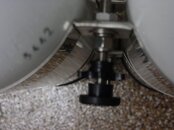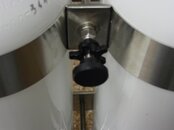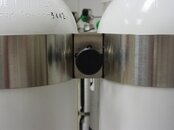Peter_C
Contributor
FWIW a simple hand file can clean up the cut edge of the bolt in less than a minute.
If it were me, I would just cut the bolts. Of course I would also be using air tools.
If it were me, I would just cut the bolts. Of course I would also be using air tools.







